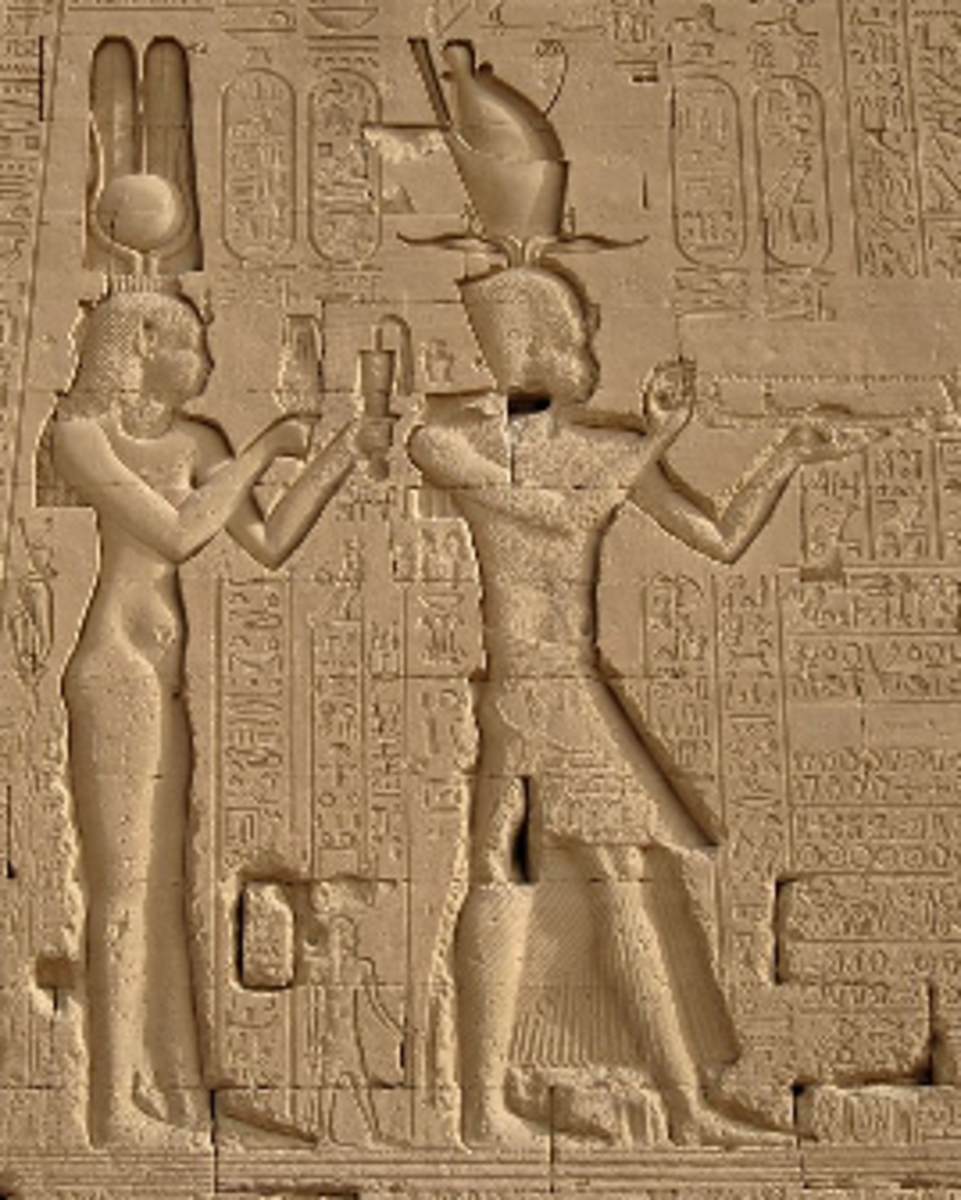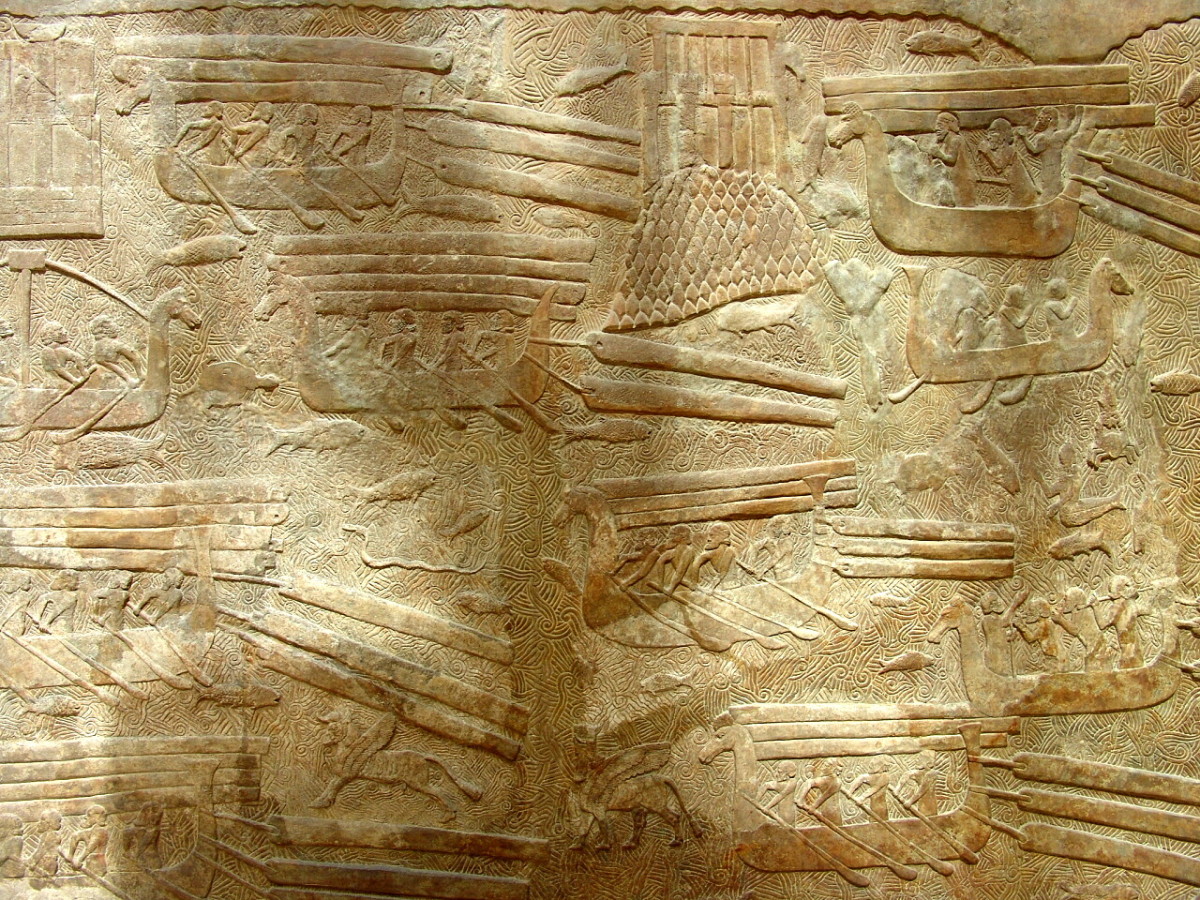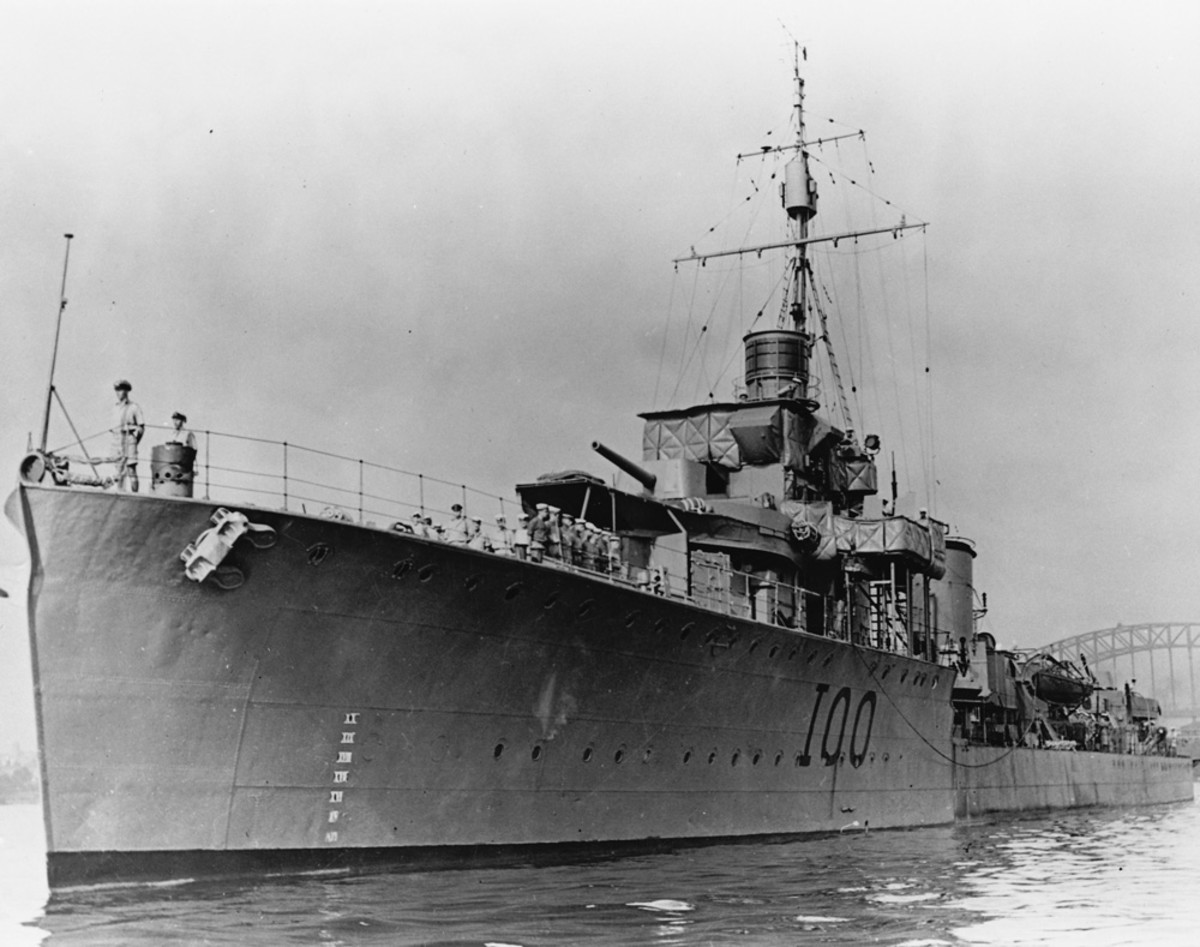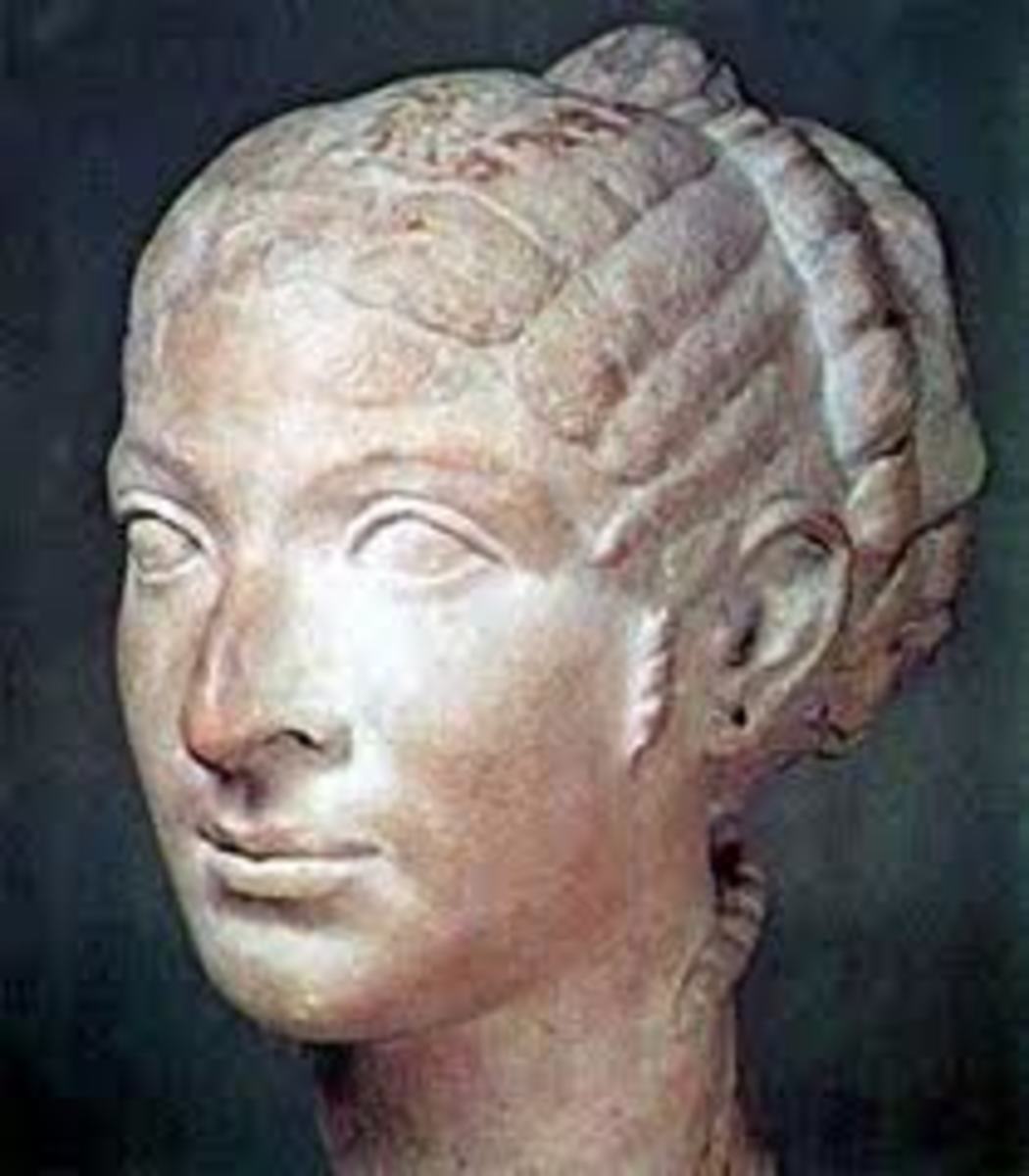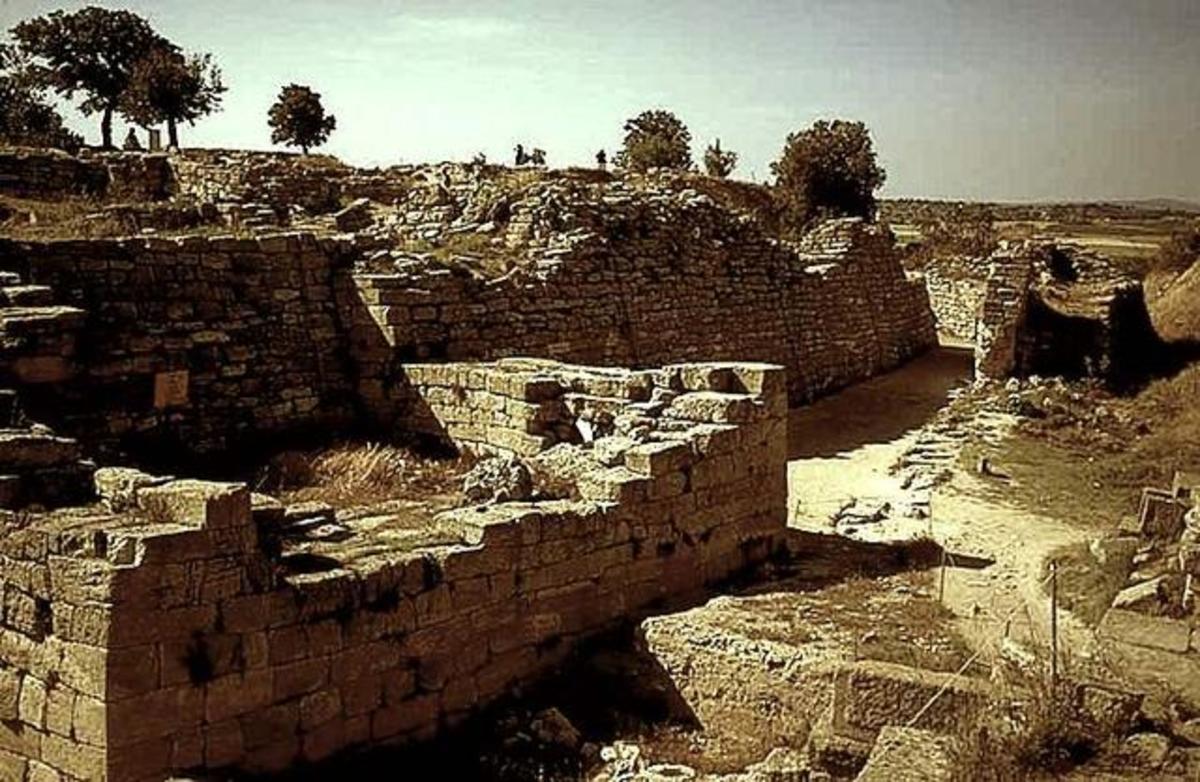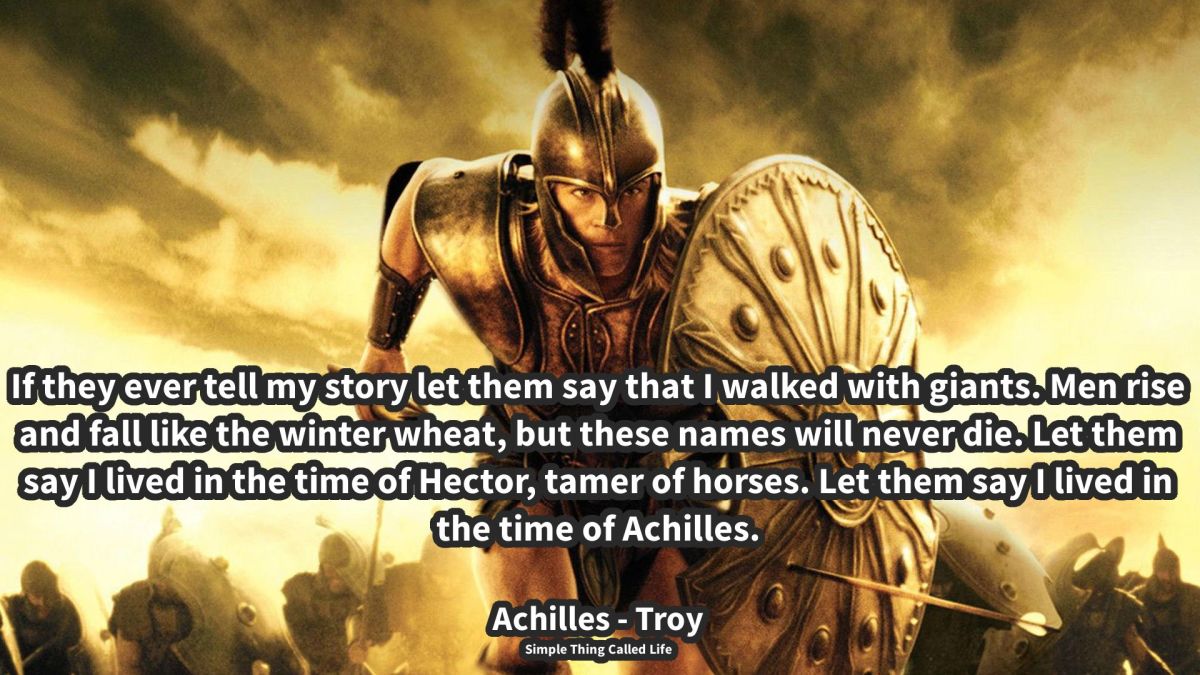- HubPages»
- Education and Science»
- History & Archaeology»
- Archaeology
Historical Landmarks: The Lighthouse of Alexandria
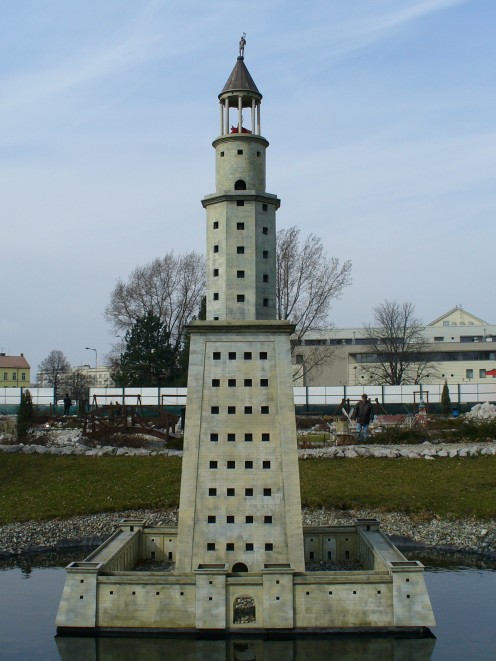
Brief Introduction: Lighthouse of Alexandria
The Lighthouse of Alexandria (also known as the Pharos of Alexandria), built up around the beginning of the 3rd century BC was the first lighthouse ever constructed in the world. The structure stood on Pharos Island in the East Harbor of Alexandria which is located on the Mediterranean coast of Egypt. The Mediterranean Sea which was known for its harsh weather and aggressive water condition gave the sea-farers an uneasy expedition. Back at the ancient times, voyaging at the sea could prove to be challenging; add up to that the unavailability of advanced navigational tools.
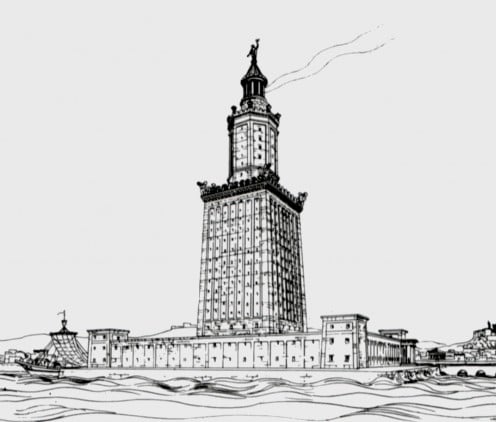
Among the 7 Ancient Wonders, only the Lighthouse of Alexandria is known to have been built up with a practical purpose. During the day, the lighthouse would reflect sunlight for miles out to the sea using a large curved mirror. A fire was also lit at night to project a beam (of light) from its reflection that would allow the sea-navigators to see during very dark nights.
Indeed, the Lighthouse of Alexandria was not only a “wonder” to behold by the people. It also proved to be of great significance most especially by those who wander through the sea. Unfortunately, like most of the ancient wonders, this awe-inspiring architecture did not survive to the present day. However, this “wonder” had undeniably bequeathed a significant influence on today’s time. The structure served as an exemplar for several constructed lighthouses around the world. Also, the word “Pharos” became the etymological origin of the word lighthouse.
A Glimpse of its History
When the Macedonian king, Alexander the Great started to expand his territory, most ancient cities quickly fell under his hands. His operation which would become a global supremacy was so successful that even up today it was acknowledged as the greatest act-of-dominance. In 332 BC/331 BC, Alexander finally entered Egypt which was during the time governed by the Persian Empire. Alexander with his fearsome cavalry overthrew the Persians liberating the Egyptian people who had suffered violently under its enemy’s hands. He then wished to further his territory by declaring a new capital city of Egypt which he named Alexandria. The new capital lies on the Mediterranean coast of Egypt.
When Alexander died in 323 BC, Ptolemy Soter who was one of Alexander’s generals became the new king of Egypt. It was him who commissioned the construction of the “Pharos”. The project began at the beginning of 290 BC and ended 20 years after. But Ptolemy Soter did not live to see the finished “wonder”. It was during the reign of Ptolemy II, his son, that the building was completed.
Structural details of the Lighthouse of Alexandria
- The Lighthouse of Alexandria was composed of three structural parts.
- The lowest level was a rectangular base that stretched 240 ft. (73 m) up high and measured 100 ft. square at its base.
- The next level was an octagon-shaped mid-section which measured 115 ft. (35 m) high from the top of the rectangular base.
- The last part was a cylindrical-upper section that was some 60 ft. (18 m) in height.
- Some accounts said that on top of the structure was a huge statue of Poseidon. While others alleged that there were two statues placed at the top. One depicting the Greek god king, Zeus and the other depicting the Greek god of seas and oceans, Poseidon.
- The whole structure sat on a platform that measured 20 ft. (6m) high.
- Overall, the “Lighthouse of Alexandria” stood 450 ft. (140 m) tall.
Destruction of the famed Lighthouse
The structure had actually endured several devastating wrath of nature before it came into ruins. In 365 BC, a tsunami hit the coastal areas east of Mediterranean, but this left the Lighthouse of Alexandria with minor damage. An earthquake was recorded in 956 AD. It hit Alexandria but this again caused a little damaged on the lighthouse.
It was in 1303 and 1323 when two stronger earthquakes shook Alexandria and caused severe damage on the lighthouse. It was after the incident that the Pharos stopped functioning.
In 1480 AD, the Egyptian Mamluk Sultan Qaitbay cleared the site and decided to build up a medieval fort which still stands today. Qaitbay used the remains of the Lighthouse on the construction of this fort.
Discovery of the “Wonder”
In 1994, several remains of the lighthouse were discovered by a team of French Archaeologists led by Jean-Yves Empereur. With the aid of advanced technological devices, the scientists were able to map out the location of the ruins under the sea. The significant information they gathered abled them to develop a representation of what the Lighthouse of Alexandria might have looked like.
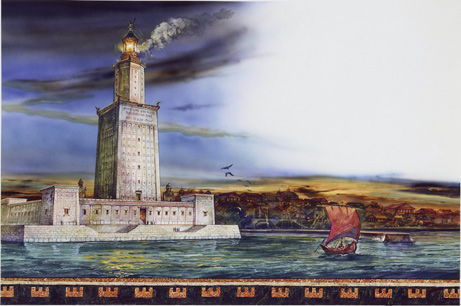
Star Fact!
Sostratus of Cnidus hoped to carve his name on the built structure. However King Ptolemy II refused and carved his own name instead. But, Sostratus outwitted the king and had the king’s name carved on a plaster. Over time, the plaster worn out and revealed Sostratus name which was initially sculpted.
More Facts
- Existed for more than 1,500 years, the Lighthouse of Alexandria is the third longest to survive among the 7 Ancient Wonders. (The Mausoleum at Halicarnassus came in second, and obviously the Great Pyramid of Giza ranked 1st, which in fact, up until now can be seen relatively intact).
- The Lighthouse of Alexandria was the last structure to be included on the list of the 7 Ancient Wonders of the World. It was enlisted toward the 6th century AD.
- During Alexander’s reign, he actually named several cities after him. Most of these cities did not prosper though and in time had ceased its existence. Alexandria was one of the few cities which survive up to the present day.
- The construction of the Lighthouse of Alexandria costs 800 talents. This is about 3 million dollars on today’s equivalent sum.
Is this helpful?
Which of the Ancient Wonders do you think is the most wonderful?
- Historical Landmarks: The Colossus of Rhodes
One of the seven ancient wonders of the world - The Colossus of Rhodes, facts, brief history, its history and cause of destruction. - Historical Landmarks: Mausoleum at Halicarnassus
One of the seven ancient wonders of the world - Mausoleum at Halicarnassus, its construction and significant past accounts. - Historical Landmarks: Temple of Artemis at Ephesus
Historical Landmarks: Temple of Artemis at Ephesus, one of the seven ancient wonders of the world. - Historical Landmarks: The Statue of Zeus at Olympia
One of the astonishing structures of classical antiquity is the Statue of Zeus. Built primarily to honor the King of Greek Gods and Goddesses, this humongous figure of the Greek God of Thunder was housed in the Temple of Zeus at Olympia, Greece - Historical Landmarks: The Hanging Gardens of Babylon
The Hanging Gardens of Babylon famed as one of the 7 Wonders of the Ancient World. - Historical Landmarks: The Great Pyramid of Giza
The Great Pyramid located at Giza near Cairo, Egypt has ever since secured its position as one of the Seven Wonders of the Ancient World. This stupendous architecture is still standing mightily.
© 2013 LG

